Romania: Exquisitely Elusive
XLR8R travels to Bucharest to learn what makes the vibrant Romanian scene so utterly spellbinding.
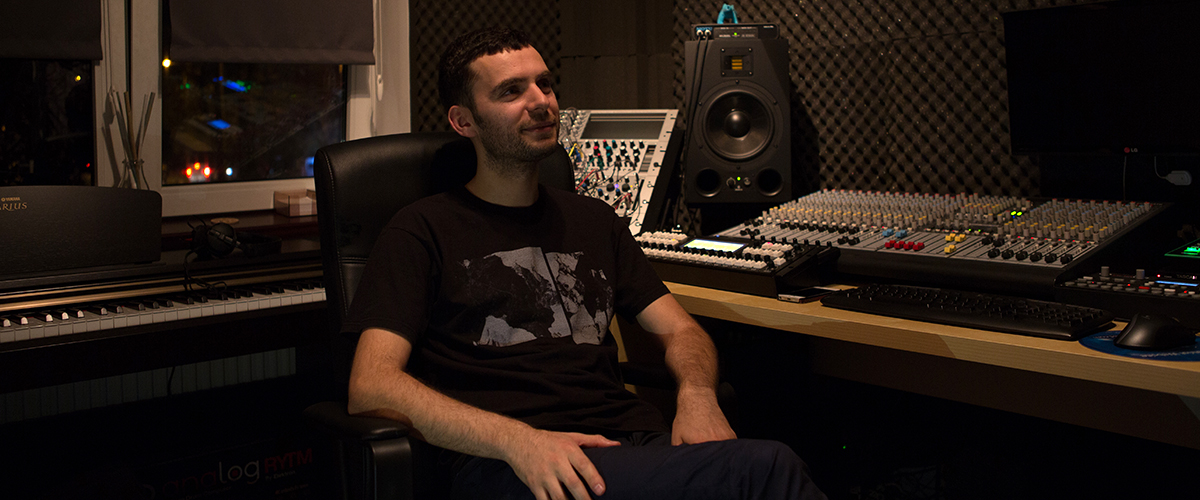
Romania: Exquisitely Elusive
XLR8R travels to Bucharest to learn what makes the vibrant Romanian scene so utterly spellbinding.
It’s just past 4 am on Thursday morning in Bucharest, Romania. Adrian Niculae, the artist better known as Priku, is in the DJ booth carefully selecting his array of music, shifting seamlessly between vinyl, CDJ and back again. The energy is high and the lights are low, but there is a stark contrast to the generic club scene anywhere else in the world. A continuous stream of avant-garde visuals plays across the two large screens on stage. The music is subtle and ethereal, laced with delicate intricacies over a minimalist baseline. The attitude of the people, too, is different. They don’t speak and jump around; they enjoy the music within themselves, as if wired directly into the beat. It is an intensely intimate and personal experience.
There’s a certain aura that surrounds the music coming out of Romania. The scene, something that has been in existence since the Mission parties at turn of the century, has long been acknowledged as a breeding ground for fine DJ and producer talent, firstly through the likes of DJ Vasile and Rosario Internullo and now with a new wave of accomplished artists, including Melodie, Alexandra, Priku, Kozo and many more. Positioned at the front of this movement are Petre Inspirescu, Rhadoo and Raresh, collectively known as RPR Soundsystem, the illustrious trio whose international success, and that of their [a :rpia:r] imprint, has shone a light onto a world that for so long was positioned in the shadows. The result is today’s blossoming but elusive music scene, the output of which is steadily shifting from the peripheries and gaining a stronger international recognition than ever before. Following the first edition of Interval festival, a landmark event in the capital that the organizers confess could not have taken place in prior years, XLR8R traveled to Bucharest to take a peek behind the curtain and learn more about what makes the beautiful Romanian scene so unique.
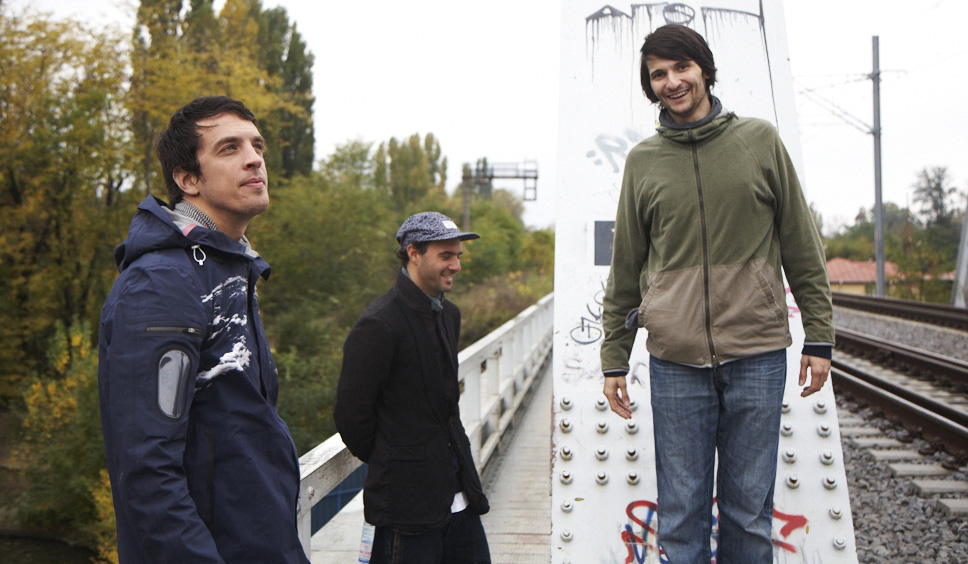
The first step in this exploration is a discussion of the music. “The Romanian sound” is term that’s being thrown around a lot these days. Stepping onto Bucharest soil for the first time, it was a common phrase among the entire XLR8R team. For long periods, the country has been associated with this groovy, hypnotic and loopy techno, advocated and exported by the RPR trio and their close collection of acclaimed local DJ-producers. A simple YouTube search of their names will reveal a plethora of videos that evidence this so-called sound—but dig deeper, and you’ll discover a pool of local artists who have not yet gained international acclaim, and you’ll find that the term becomes so diluted that it appears little more than a myth conceived by those who have not yet explored the variety on offer. Suggesting that Barac, Cristi Cons, Vlad Caia, Cezar and all the others are pushing an identical sound would be akin to writing that Ben Klock, Marcel Dettmann and Answer Code Request are all playing the same brand of Berlin techno. “There are many different styles of Romanian music, and it’s unique to each single DJ and producer,” say Livio & Roby. Rhadoo, for example, has some releases that are 100-percent techno, while Petre Inspirescu has a discography that spans from ambient to classical, as showcased on his latest LP on Mule Musiq. Melodie, on the other hand, sits much closer to the house genre, and there are anomalies too: the hard techno of Cosmin TRG, for example. Listen to these artists’ sets or delve into their back catalogs, and the diversity becomes clear.
Still, it is hard to deny that there is a thread, however tenuous, that runs through these artists’ work. This is something that even they affirm, but capturing this elusive denominator is an unenviable task. Having spent some time in the Bucharest nightclubs—including Guesthouse, Club Control and Eden—there is alluring but subtle groove through each track played out, and the music rolls continuously on a linear narrative. The mixing is so seamless that it creates a hypnotic stupor that lifts you. If you listen to an [a :rpia:r] set from beginning to end, you will hear everything—from acid house to more traditional techno—but “you can always hear the beats underneath, or that perfect loop,” Livio & Roby say. “Perhaps this common thing is a state—or a flow. Nothing is too obvious; nothing is too much in your face.” Not every track played in these sets is necessarily produced by a Romanian, but this groove seems to be as common an ingredient as any. In this sense, it’s more of a style than a sound.
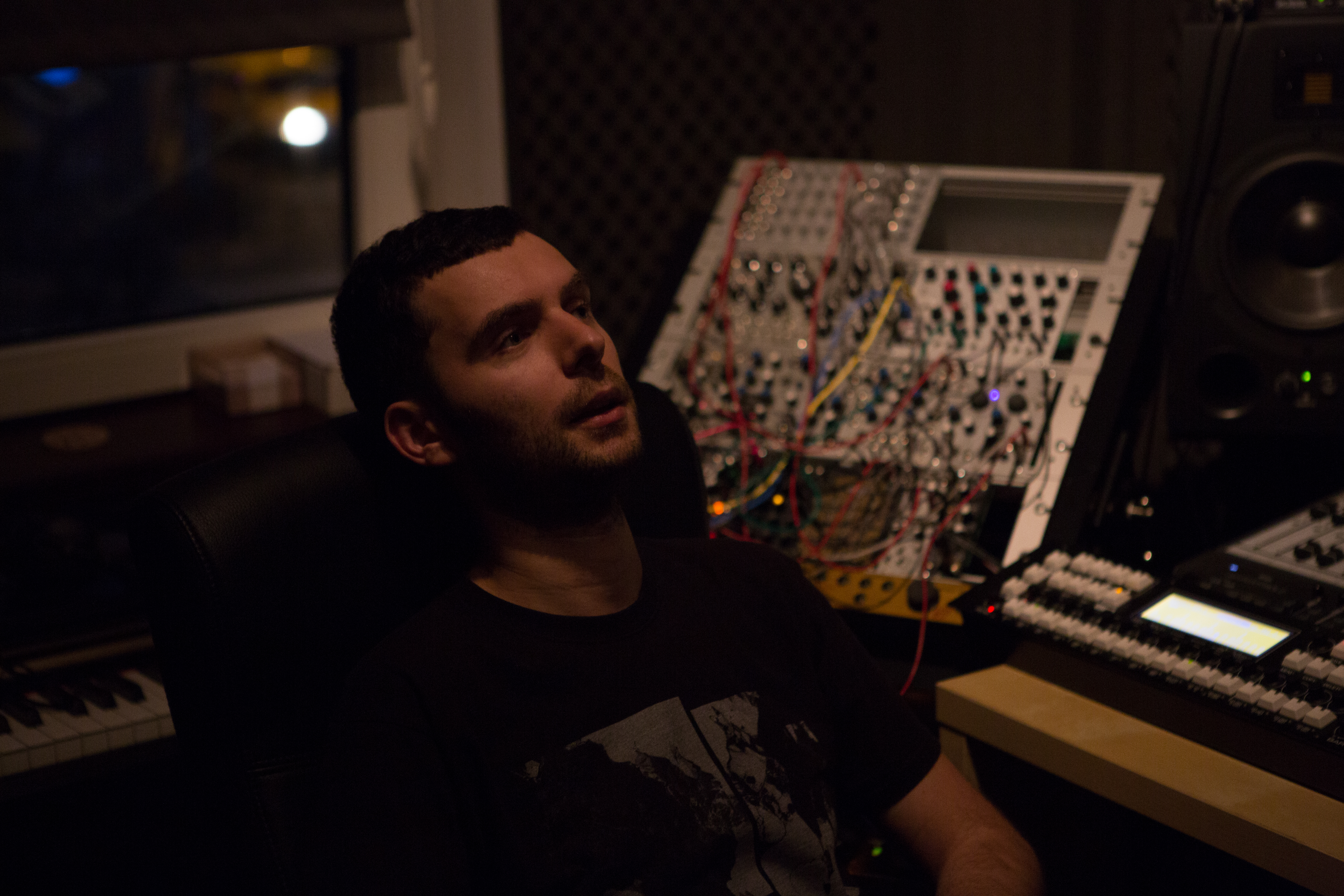
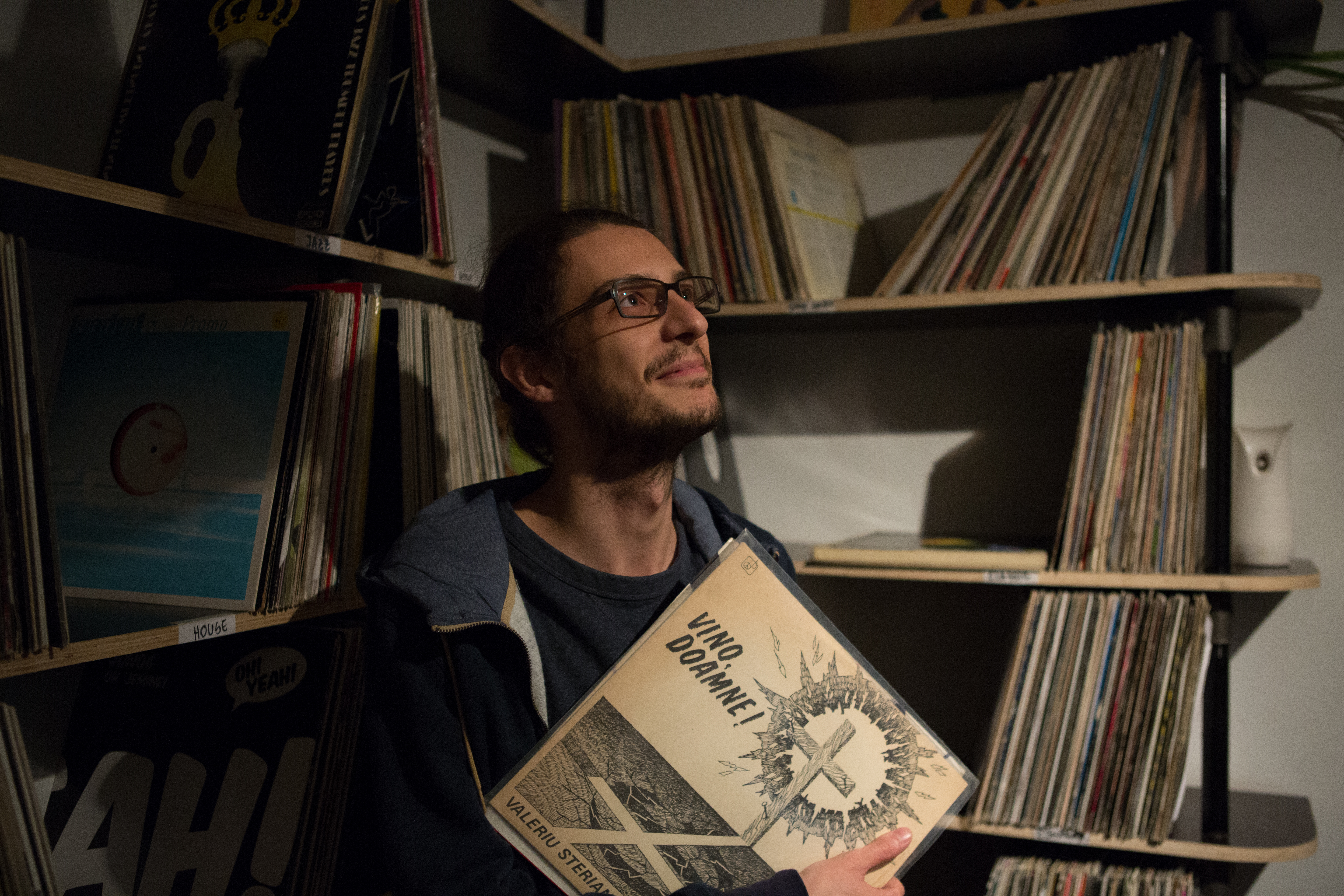
Fundamental in the growth of this style are the crowds and the country’s liberal licensing laws. “These are the most important factors,” says Irina Bako, one of the founders of Interval. Parties, she says, go on for such a long time that DJs are not forced to compress everything into just two hours. The culture is born from small after-parties and club schedules are often divided into three sections: “warm up,” “main” and “after-hours.” Romanian nightclubs have long had entirely unrestricted opening hours, meaning that it is common for events to stretch from Friday afternoon until well into Monday, or even Tuesday afternoon. “If you have got a full club, then you can keep it open until eight or nine in the morning, 12 even, whatever,” Priku says. “In different countries, you can’t do that, even if you want to.” Weekday gathering are similarly open-ended. On the Thursday afternoon of our stay, an after-party was just kicking off at Club Guesthouse, a former after-hours hangout, following Priku’s 5pm finish. These opening hours do not lend themselves to short sets laced with quick-fire moments of infinite euphoria, rather they give artists time to build up slowly and then maintain a steady state of flow. A poor transition or track selection will break the spell. “It’s not about moments or big drops,” Livio & Roby say. “It’s all about continuing the journey.”
The crowd’s role is essential. When XLR8R spoke with Audiofly earlier year, Luca Saporito and Anthony Middleton mentioned that the patience of the Romanian club-goers had strongly influenced their output, something to which Livio & Roby elude. “The whole sound is rather complex, but the crowd is used to it and listen for long periods,” they say. Romanian people have a “completely different way of reacting,” Irina Bako explains. “They are very introverted, and they just experience the music within themselves without showing anything,” she continues. “They want 14 hours of flowing music instead of a short set with lots of highs and lows.”
All this has informed Romanian productions. “The unique thing about our tracks is that they are designed specifically for DJ sets,” Vlad Caia explains. “They’re supposed to create an infinite groove for an infinite party.” This happens on two levels of particular note. First, duration: At around seven or eight minutes, Romanian productions tend to be somewhat long—and this is no mere coincidence. Head to see one of the Romanians play and you’ll notice that the mixing process is more drawn out. Instead of transitioning quickly from track A to B, Romanian DJs tend to focus on longer form mixing, and specifically, the relationship that the records create together. Given they do this without the use of software, it’s likely are some of the most technically proficient in the world. In our conversations, Priku explains that the best moment is the magic that is created when two, or more, tracks are blending together. “That’s what moves me,” he explains. “The special moment is when you to combine something from one track with something of another track.” In order for this extended mix to happen, tracks must be long. “It’s about getting a moment when you mix two tracks together, that gives it a different shape,” Livio & Roby explain. “We take care to make sure that the tracks are long enough to mix them right.” Secondly, care is taken during a track’s arrangement to facilitate this process, and ensure that the transition is as smooth as possible.
Central to any good Romanian party are the visuals. It’s another aspect of the all-around experience that must be witnessed to be properly appreciated. Lighting and visuals have become a part of almost any musical performance, be it a techno night at Berghain/Panorama Bar, or a classical show in an opera house—but those associated with the Romanian scene are extremely advanced, tailored to the mesmerizing nature of the music. It’s not uncommon for the bigger parties to have nine projectors operating at once. “Romanian clubbing is an introspective experience, so we need to give people something else to look at besides just the people dancing,” explains Simina Banulescu, one-half of Tiptoe, an acclaimed visual artist duo based in Bucharest. “Watching the visuals can help them escape because there is another element through which they can retreat.” Those visuals, she says, are a support—or an “extra dimension”—for people to enjoy the music. “It’s like going to a theater, when you want all your senses to be activated.” VJs will sit beside the artist and construct a live, immersive and three-dimensional narrative, one that progressively unfolds in tune with the music. For this reason, it is far different to a preprepared, repetitive projection that acts as little more than a distraction. RPR Soundsystem regularly collaborates and travel with Cote and Dreamrec, two veteran VJs, the latter of whom is also closely associated with Rhadoo.
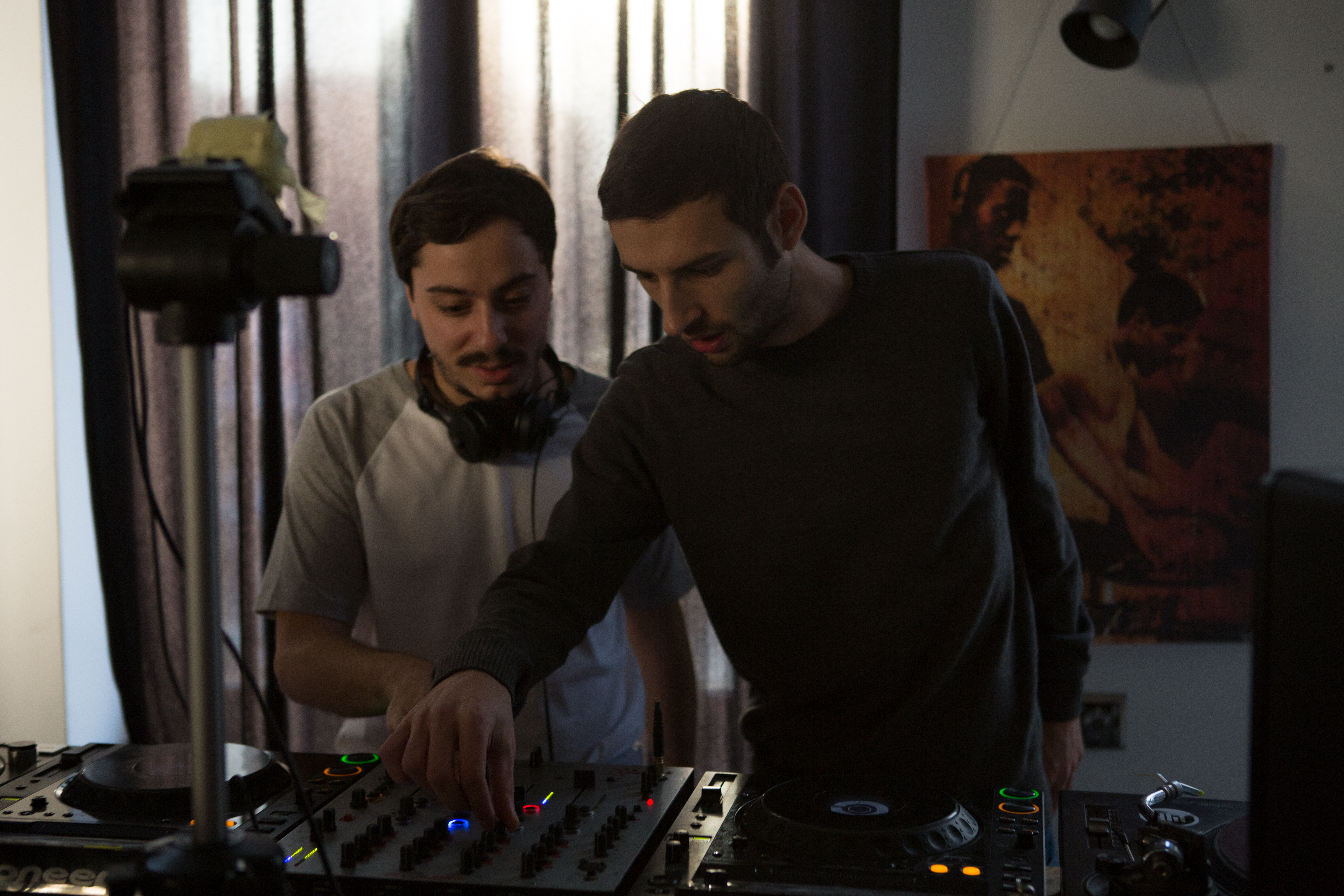
There hasn’t always been so much focus on Romanian artists. The expansion of social media and the sharing of new music has inevitably increased the number of eyes and ears on the scene, a fact exemplified by the Melodie’s growing profile over recent months. Though typically subtle and beautifully minimal, his output sits a tad closer to classic house than to the micro version flaunted by so many of his peers, but there is no denying that Facebook and Twitter have facilitated his artistic progress. Unlike many of his of compatriots, excluding in particular Barac and Livio & Roby, the availability of a couple of his productions on digital platforms has been another considerable support.
On the subject of Livio & Roby, their influence looms large. Ever since their 2005 formation, the duo of Robert Precup and Silviu Sandu has been one of the scene’s most recognized proponents and lauded exports. Instead of adhering to the [a :rpia:r] formula, they have chosen their own path, touring heavily and releasing on a string of international labels, including One Records, Vakant and Loco Dice’s Desolat. Given their global presence and sound—a unique, yet more house-driven take on this Romanian style—it’s no surprise that discovery of their work is often just the start of a wider exploration.
Romania’s entry into the European Union, a decision taken in 2007, has also been a driving factor. Not only has the freedom to travel increased the flow of new ideas and inspirations into and out of the country, the resultant upturn in economic fortunes has created a steady platform on which arts and music can really begin to thrive.
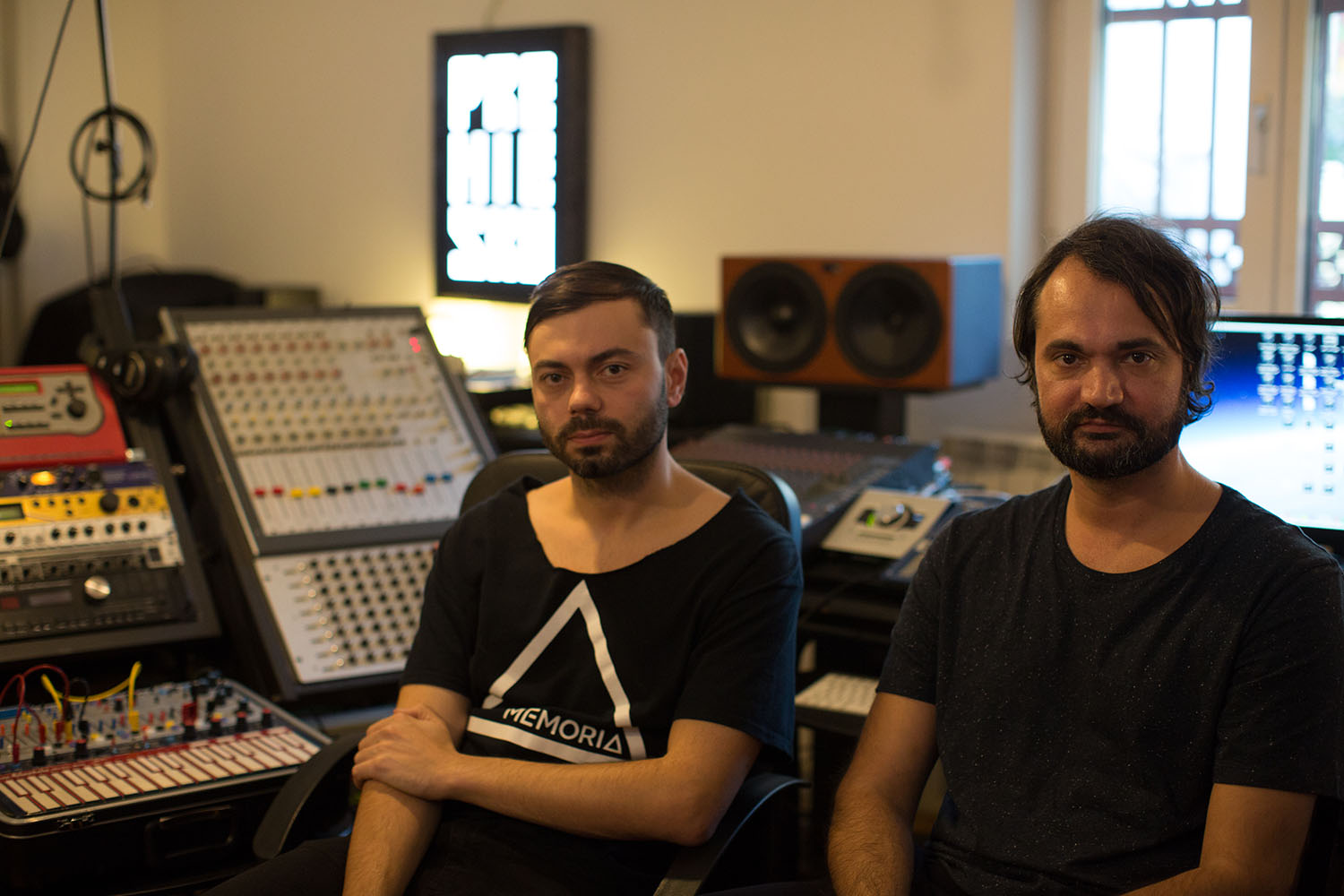
But perhaps the biggest components are the development of the RPR sound and a gradual change of peoples’ demands. The origins of [a :rpia:r] can be traced back to 2006 when Raresh, Petre Inspiresu and Rhadoo decided to launch their own imprint to support their musical productions. At the time, all three were managed by promoter Catalin Ghinea, the co-owner of Sunwaves Festival and the founder of Sunrise Booking Agency. Over time, the [a :rpia:r] project has grown to become much more than your regular imprint—aided in part by Ricardo Villalobos, a long time patron of their work. Rumor has it that the relationship began when Raresh supported Villalobos at a Bucharest show and then flourished when the latter invited them all to join him in Ibiza. While many of their peers with whom they originally shared flyer space—including Luciano, Marco Carola, and Richie Hawtin—shifted to explore other more commercially viable soundscapes, the trio has steadily evolved their minimal sound to the mature and refined point for which they are ambassadors today. “The sound has developed and it is better than a couple of years ago,” Vlad Caia says. ” Now people are noticing that.” To compliment this, there is a growing sense that people are looking for something new.
For a distinguished scene with such credibility, it must be noted that its size is remarkably small. It’s easy to forget that this is a scene still very much in maturation, perhaps even infancy. Rhadoo, an artist who is widely considered to be a leading pioneer of the first generation, continues to play regularly today; and when you consider that established artists like Raresh, Barac, Priku, Kozo are all considered to be the second generation, it becomes clear just how primitive it is. Melodie, perhaps the latest on the production line to find acclaim, could be squeezed into the same category. The close-knit community of artists and music lovers has lately been supported by Misbits, a modest record store located in the living room of founder Ioana Parlog, a recognized DJ in her own right. Mad Piano, a secondary source of all things vinyl, popped up just earlier this year. The representation of artists is controlled by just two local agencies: Sunrise and Ourown, the second of which also operates as worldwide distributor for a select few Romania labels, including [a :rpia:r], Raresh’s Metereze and Catren.
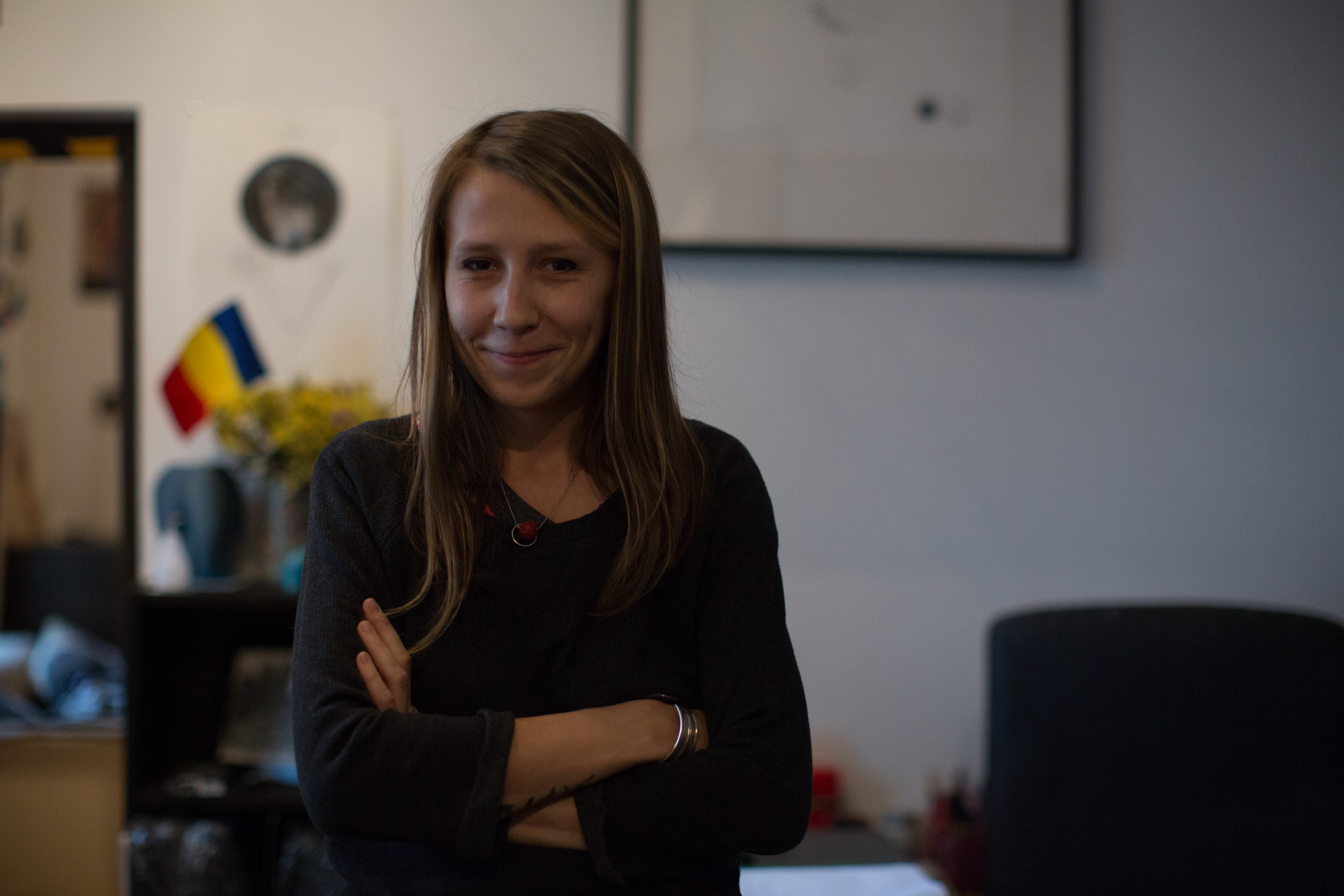
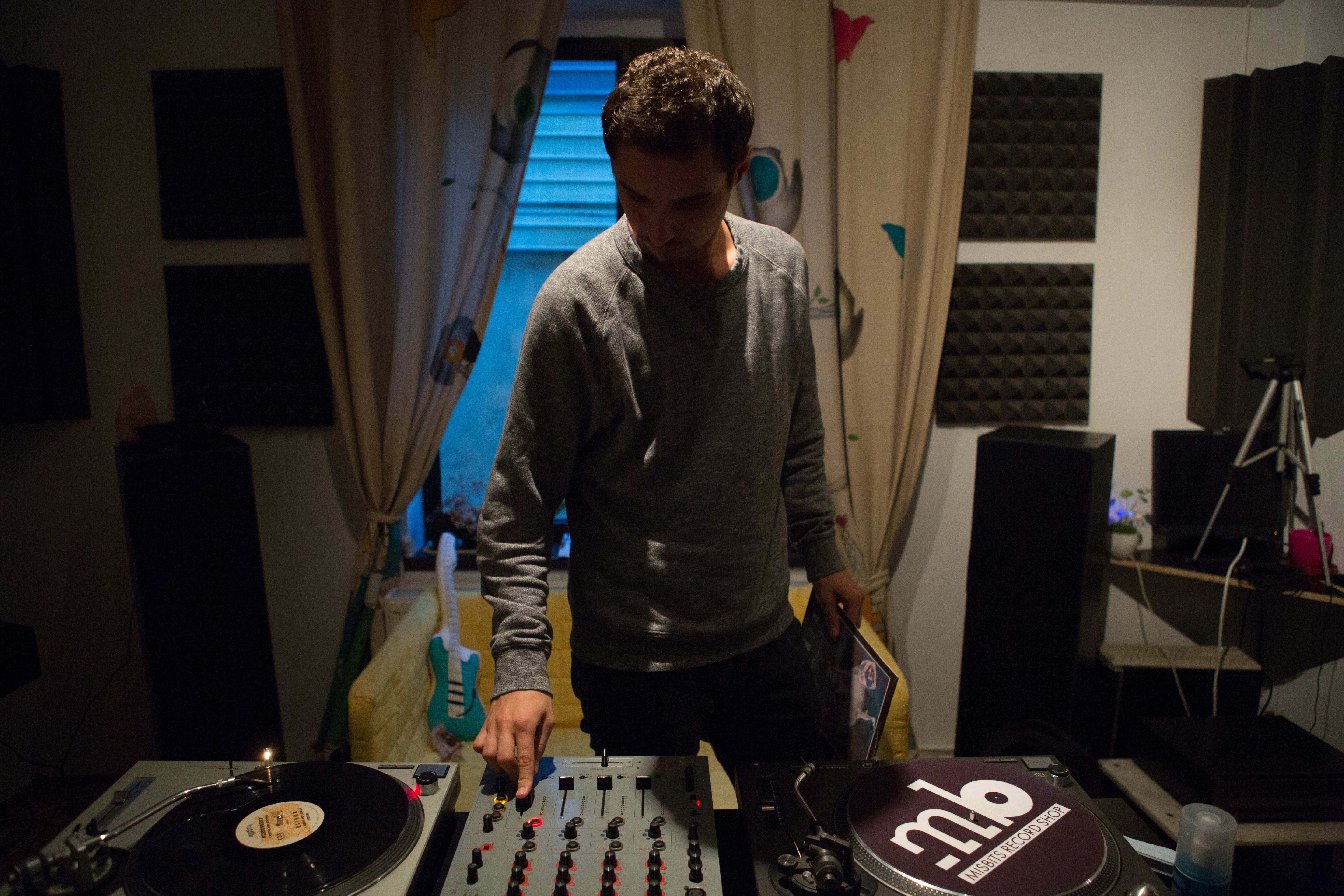
Clubs play a vital role in protecting the local music community. As mentioned before, their long hours are conducive to this particular style—but they also play an essential role in supporting lesser-known Romanian talent by booking them over foreign spinner with an established international presence. “If you are a good local DJ then you are going to have your time,” Vlad Caia explains. “There are so many good parties just with local DJs, which isn’t seen in other countries.” The locals take a great pride in their music and the club’s undertaking provides an invaluable platform for local artists to develop. There is a close community of national purists who are really passionate about this Romanian style, and will indulge in nothing else. Speaking to them will leave you with no shortage of stories of mainline DJs —including Dixon and Nina Kraviz—playing to small crowds in the country’s capital. It’s no mistake that the international tent at Sunwaves is bigger than that for the Romanians. In Bucharest, these artists are generally shared between Kristal (for the more commercial artists) and Control, which hosts those who still remain underground. The appeal of these foreign artists continues to grow as the locals develop their musical educations, partly down to the internet and the expansion of Sunwaves and Interval. In this sense, the Romanian scene as a whole comprises three distinct and divided mini-scenes.
It is a sad truth that the unfortunate events of October 30 are also likely to have serious consequences. It’s difficult to anticipate the long-term consequences of the Colectiv nightclub fire and the tragic death of 60 people, but it is likely that we will see a crack down on the lax licensing laws. Eden, a popular hangout, has already been permanently shut down for not meeting certain safety requirements, and the temporary closure of Club Guesthouse, a focal point of the city’s nightlife, on the day of the Interval festival set a distressing marker for anyone involved in the local music. If opening hours are heavily restricted, serious questions will arise about the continuing prominence of the current scene.
As for output, there are some doubts over just how well the Romanian style will travel; the style is not for everyone. “I don’t think it’s ever going to explode because it’s not a mainstream type of music,” Priku says. During one conversation in Panorama Bar just a few weeks ago, one person referred to it as “the music that goes nowhere,” and there are countless other people who fail to be enchanted by its wizardry. Part of this may well be down to the sound systems: the intricacies of the minimal sound can only be appreciated on high-quality speakers. According to Melodie, this is something that has actually stunted to scene’s growth. “Everyone in Romania uses Funktion-One. It is a necessity,” he says. But in this day and age, where people are spoon-fed information and expect nothing less than instant gratification, perhaps there is only limited room for a musical art form that makes you work for anything close to euphoria. Perhaps the Romanian style is for the more mature ear, and only those who explore enough will ever come to appreciate to it.
This accessibility, it seems, will always be a stumbling block. Romanian music doesn’t find you; you have to find it. “Only the people who go to the parties can listen to the music,” says Vlad Caia. Barring the rare release on an international label, releases are normally rolled out with little, if any promotion and interviews with anyone involved in the scene are not easy to come by. Younger artists are strongly encouraged to release on vinyl only. As a result, it is challenging to find digital recordings of these productions—other than on YouTube, which hosts a number of low-quality illegal rips. Podcasts or mixes are similarly scarce as well—“It’s almost impossible to persuade one of these artists to record and publish their sets,” Irina Bako says—in part because they feel that this the magic of this Romanian style is not something that can be properly experienced outside of a club, absent of the proper sound system or visuals. This is certainly justifiable. Even finding a vinyl copy of the music is notoriously problematic: pressings are limited, and repressing is closely monitored. To this day, there are still only around 300 copies of the first [a :rpia:r] releases floating around.
Leaving Bucharest left us with plenty on which to ponder. It’s our instinct to assume that it’s everyone’s intention for it to grow. That, for most artists, is their ambition: finding success on a global scale. But for those involved in the Romanian scene, it feels different. It’s internal. It’s organic. It’s delightfully pure. Artists care only about what is happening on home soil. There is a clear hierarchy, and it all starts with those at the top. As artists go, they are about as elusive as any. While their support does not stretch beyond their compatriots, their attitude—the evasion of media activity, the insistence on presenting their music on vinyl only, the monopolization of distribution and artist representation—is motivated by a desire to protect the scene and prevent it from becoming polluted by outsiders. Rhadoo spoke in a 2013 Fabric interview about a yearning to create a sense of close community in music “where we could share ideas, music and work together without competition.” Critics, of course, could argue that by doing so, they risk stunting the growth of these future generations. “There are no trends here—we just want to make good music. That’s it,” Priku says. Perhaps that really is enough. It’s a strange thought, but it is convention only that tells us that it has to be anything else.
All pictures (except the one of trio Raresh, Rhadoo, and Pedro): Rhys Carlill
Support Independent Media
Music, in-depth features, artist content (sample packs, project files, mix downloads), news, and art, for only $3.99/month.

